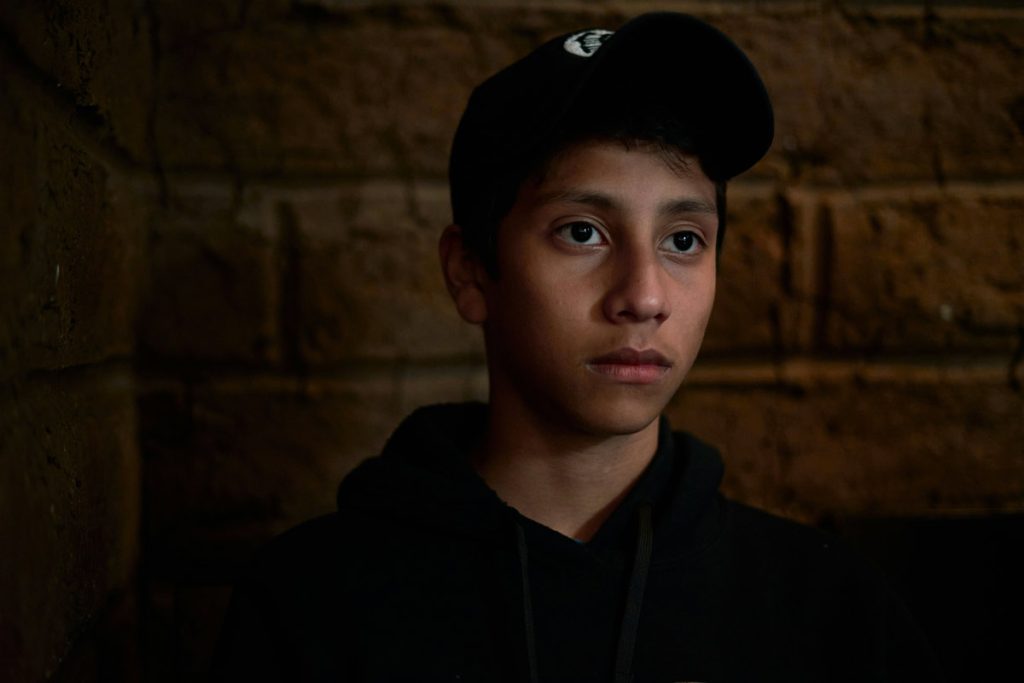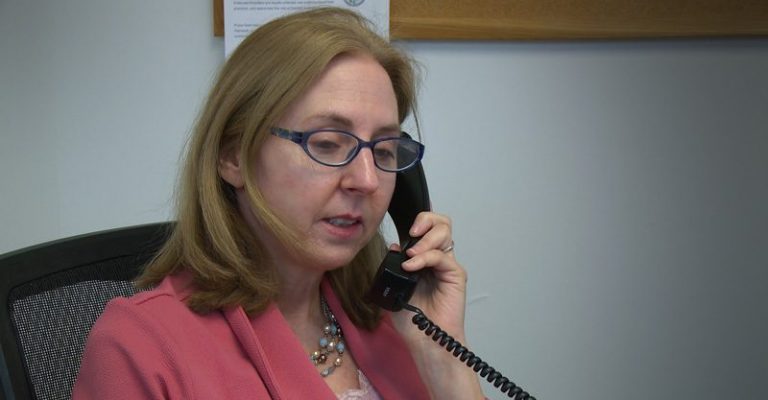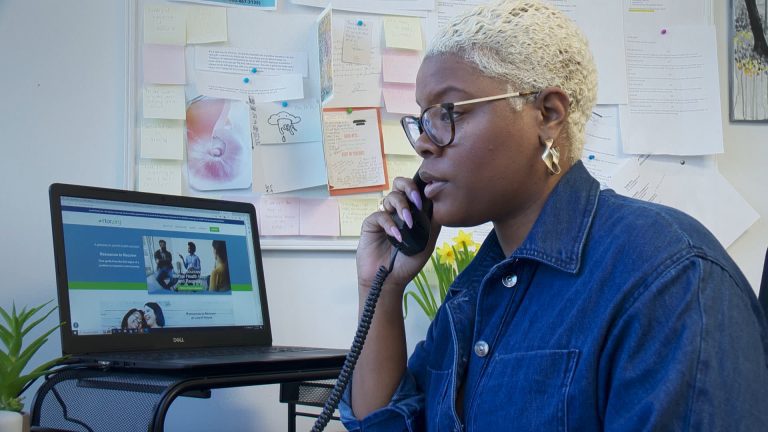Many teens and young adults in the US face challenges with their mental health, and for those with limited English proficiency, getting help can feel overwhelming and out of reach. When language is a barrier, it often brings confusion, loneliness, and a sense of being unheard. Yet even in those moments, hope remains. With the help of skilled medical interpretation, trust is rebuilt, and communication gives way to connection and genuine healing.
When Language Becomes a Barrier
Imagine a young person trying to share their struggles with anxiety or trauma, but unable to find the right words in English. For teens from Latinx or Asian American families, for example, expressions like nervios or amok carry meanings that don’t translate easily. When those words don’t make sense to others, or when conversations are filtered awkwardly through partial understanding, essential truths can be lost, and even diagnoses may miss the mark.
Studies show that teens with limited English proficiency are less likely to seek mental health support than their English-speaking peers. The challenge isn’t just about words—it’s also about culture, context, and trust. When young people feel unseen or misunderstood, they often retreat further. Stigma, shame, and fear of judgment only make things worse. And when parents or caregivers also face language barriers, they may struggle to advocate for their children, which can delay care or lead to unclear decisions.
These barriers are real, but they’re not impossible to overcome. When mental health providers offer language support and cultural understanding, something shifts. Young people who once struggled in silence can finally share their experiences fully—and that’s when real healing begins.
How Professional Interpreters Make a Difference
True understanding goes deeper than words. Interpretation makes meaningful conversation possible in the moment, while translation ensures that treatment plans, consent forms, and educational resources carry the same depth and intent as the original. It’s not only about accuracy but about preserving emotion, metaphor, and cultural context.
Professional interpreters reduce the risk of miscommunication, making it easier for youth and families to understand diagnoses and treatment. Research shows that patients with limited English proficiency experience greater satisfaction and improved comprehension when qualified interpreters are involved. Translation matters just as much: when documents are available in the languages families speak at home, safety improves, errors decrease, and confidence in care grows.
Trust grows not just from accuracy, but from creating a safe space where young people can share their hopes and fears openly. Consistent access to interpretation increases the likelihood that youth will remain in treatment, attend follow-up appointments, and participate in community or telehealth programs. Translated resources empower caregivers to take part, speak up for their children, and make informed decisions.
Technology has its place, but machine translation often fails to capture nuance, emotion, or medical terminology. In mental health, especially, where words carry deep weight, only trained interpreters and translators can provide the clarity and sensitivity that young people deserve.
What Studies Tell Us About Language Access
Expanding access to language services is more than a logistical fix—it can be life-changing. Research highlights both the benefits and the gaps. For example, when young people and families communicate in the language they understand best, mental health outcomes improve. A 2024 study found strong support for practices such as pre-session briefings and post-session debriefings, although many care settings still lack sufficient professional interpreters. Policy reviews further show the consequences of these gaps: in some states, such as Maryland, children and teens have experienced delays or denial of mental health care because their language needs were not met.
At the same time, systemic innovations are emerging. Telehealth, for example, has become another powerful tool. Virtual platforms with built-in interpretation extend services to underserved and rural communities. While they don’t replace in-person care, studies show that telehealth can effectively address many mental health concerns, and when paired with language support, it reaches families who might otherwise go without help.
How to Help: Practical Steps for Better Access
Language support shouldn’t be an afterthought. It needs to be built into every step of care. Steps that can help include:
- Qualified interpretation when it’s needed most. Ensuring that trained interpreters are available both in person and remotely makes it possible for every young person to be heard clearly and respectfully.
- Translated resources for families. Consent forms, treatment plans, and educational materials should be offered in the languages spoken by the communities being served.
- Training with cultural awareness. Providers benefit from learning about cultural expressions of distress, trauma-informed approaches, and role boundaries.
- Policy that protects access. Linking language access to funding and licensing requirements ensures that these services aren’t optional—they become standard practice.
These practices give young people the support they need to move toward recovery with confidence.
Building Hope Through Better Communication
No young person’s healing journey should be blocked by language bariers. When teens can share their stories fully, in their own words and with their meaning intact, therapy becomes a space of trust and growth.
Qualified interpreters and accurate translation are not add-ons—they’re essential. They bring equity, respect, and dignity into the room. They give young people the chance not only to be heard but also to be truly understood. They enable parents and caregivers to fully engage in the care process. And above all, they offer hope by giving young people the chance to speak and be heard.
Why This Matters
Language barriers affect more than communication. They impact trust, limit access, and hinder understanding. For teens and young adults, not having the language to explain their pain can make mental health struggles feel heavier and more isolating.
Yet this does not have to remain their reality. With skilled interpreters and accurate translations, communication improves, families can participate in decisions, cultural expressions are respected, and young people can share their stories without fear of being misunderstood.
Change is already underway. Telehealth platforms with built-in interpretation, stronger state policies on language access, and training rooted in cultural awareness show that progress is possible. When providers, communities, and institutions work together, they build a mental health system that tells every young person: your voice matters, your culture matters, your healing matters.
Ultimately, language access is not just about preventing mistakes—it’s about restoring identity, building trust, and renewing hope. The vision is simple yet profound: a future where no young person feels silenced by language differences, where hope speaks in every tongue, and healing knows no barriers.
About the Author: Sean Hopwood is the founder and CEO of Day Translations, a global language service provider. He is passionate about bridging language gaps through professional translation and interpretation services. Sean actively promotes the importance of medical interpretation to improve patient care and ensure equal access to healthcare for all.
Photo by Eduardo Barrios on Unsplash
The opinions and views expressed in any guest blog post do not necessarily reflect those of www.rtor.org or its sponsor, Laurel House, Inc. The author and www.rtor.org have no affiliations with any products or services mentioned in the article or linked to therein. Guest Authors may have affiliations to products mentioned or linked to in their author bios.
Recommended for You
- Laughter as Therapy: How Humor Supports Emotional Recovery - December 8, 2025
- When Teenage Stomach Pain Signals Anxiety: A Pediatric GI Doctor Explains - December 4, 2025
- From Panic to Progress: Managing Anxiety After Making a Mistake at Work - December 1, 2025







